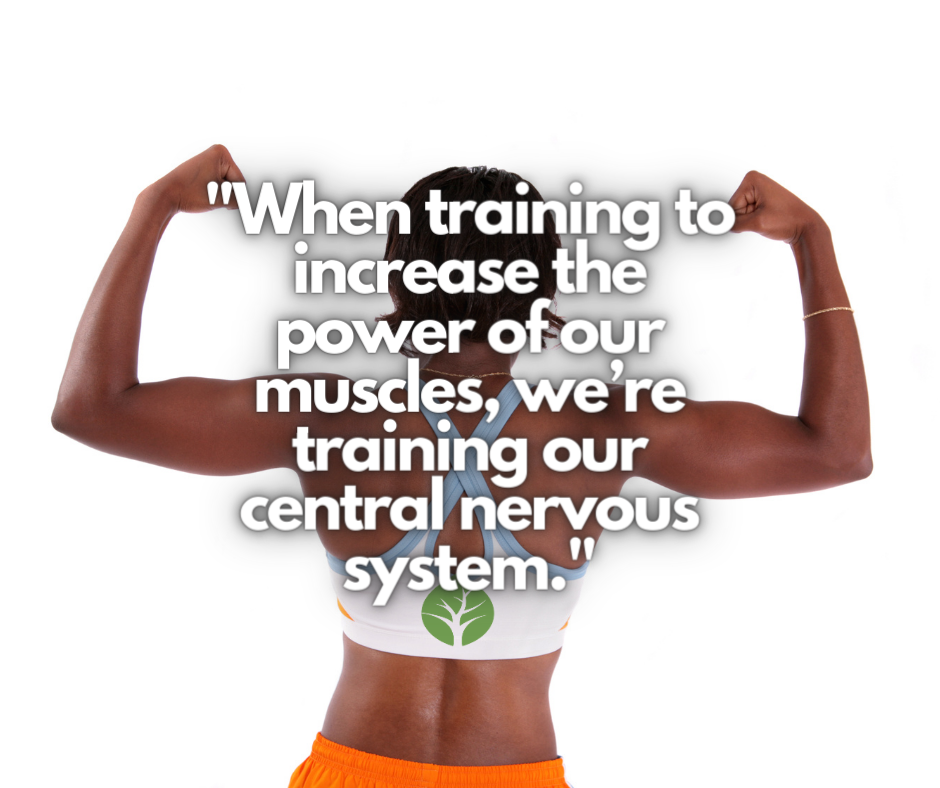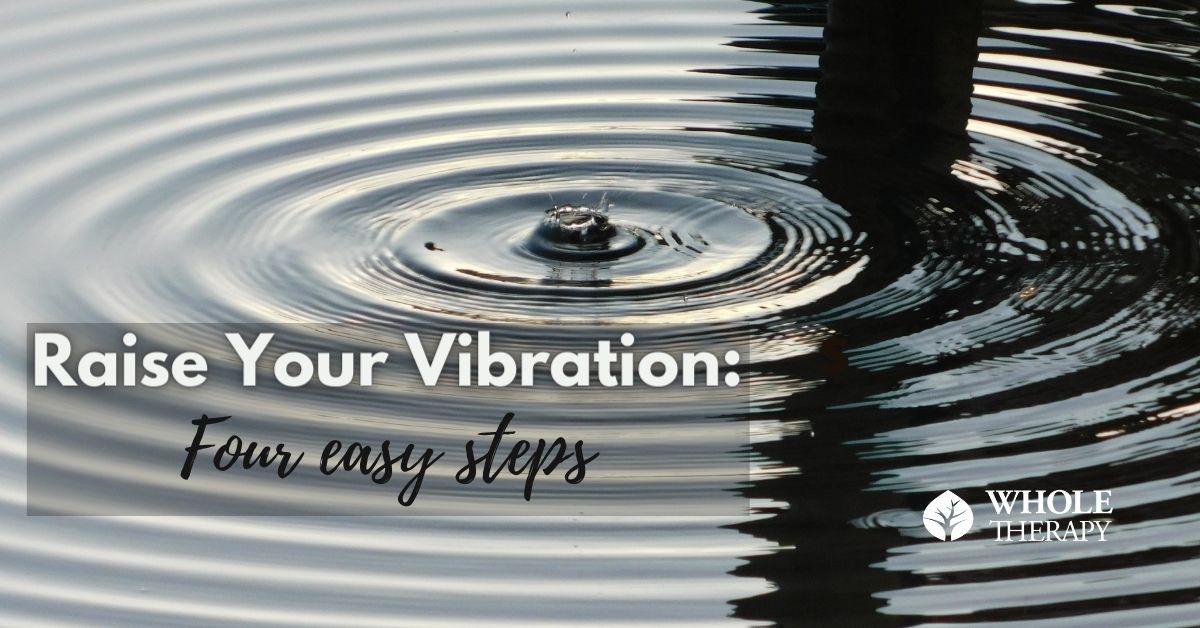More Power To You
**DISCLAIMER!!**
To get the full benefit of this blog, I suggest listening to “Eye of the Tiger”.

So this blog is all about POWER! And the importance of adding power exercises into your training protocol.
We all know what speed is, and we know what strength is, but what exactly is power and why should we care? Power is defined as the ability to exert the maximum force AS FAST AS POSSIBLE. Therefore, we can’t have speed without power. Power is also related to strength.
So why increase the power of our muscles? It’s simple, when training to increase the power of our muscles, we’re training our central nervous system. Just one of the many functions of the central nervous system is to control the movements of the muscles. So, when we are training our central nervous system, say with power exercises, we are training our body to control its own muscles with precision and efficiency. This in turn means, we have better muscle endurance. We end up being able to do more exercises without feeling that muscle fatigue during our workout. This also means there will be less muscle soreness felt after the workout. This might be a hard concept for some people to wrap their head around, as people generally want to feel that muscle soreness after a workout. **As a side note, just because you don’t feel sore, doesn’t mean you didn’t put in the work at the gym, your muscles are just getting more efficient at taking that lactic acid away. **
Will our muscle mass increase and look more muscular when we do power exercises? No, and that is because power exercises use muscle fibers that we already have. Again, power exercises are training the central nervous system, not the actual muscle. Since power exercises don’t “bulk” us up, this makes them ideal to throw into the routine near a race. The increase in power will help with muscle endurance, and the added muscle bulk won’t weigh you down during the race. And if there are no races planned in the near future, power exercises are good to add in anytime.
If you want to add a day of power exercises to a workout routine, all you have to do is drop the weight, increase the amount of repetitions done and do every repetition as quickly as possible. If you find you’re still lagging in the speed, drop the weight some more. Don’t forget to take a break between the sets too! Don’t be afraid to even take a break between each rep if you need to. And if you’re doing a movement quick enough, you may need to take a break.

Here are two categories of power exercises you can try at the gym:
- Plyometrics are a group of exercises that promote high movement with a lot of muscle fiber recruitment in a short amount of time. The time when the body comes into contact with the ground needs to be short!
Example: Depth jump
- Speed-strength sets: This category of power exercises is when you perform multi-joint, full body lifts as quickly and explosively as possible, but with LIGHTER weight.
Example: Body-weight squat, cable row
There you have it. We now know why power is important (trains your CNS), what power does for our muscles (increases endurance), when do add power into our training protocol (any time or near a race) and different types of power exercises (plyometrics and speed-strength).
Now, go try it out and all the power to you!
(sorry) 🙃




